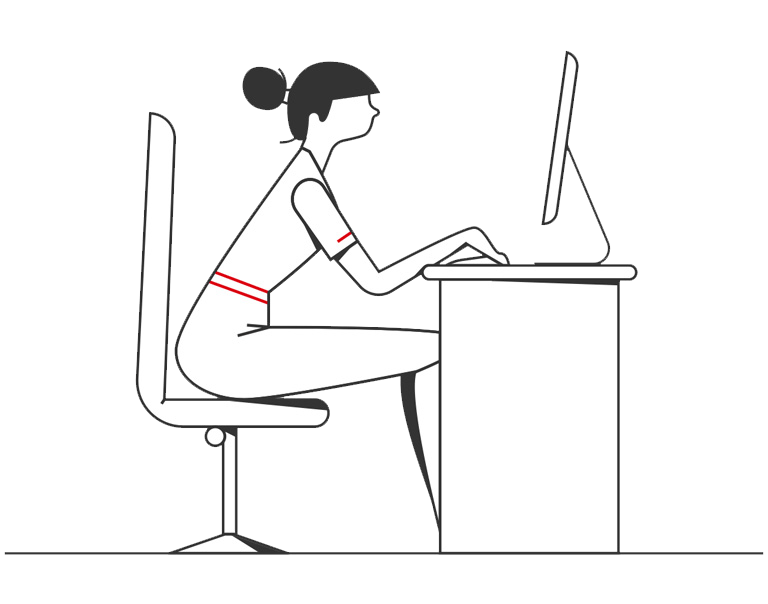- Article

- Raising Finance
- Starting Up
- Obtaining Funding
What I've learned about funding a business
Dina Jahina reveals what she learned while raising £700,000 for her small business, ETO.

Created by WIRED Consulting in partnership with HSBC UK
The ETO wine decanter has become a hit with wine lovers, thanks to its ability to keep decanted wine fresh for up to two weeks—but getting it to market was no easy task. The idea began with co-founder Dina Jahina’s husband, Tom Cotton, who conceived the concept and spent several years developing the design. After Jahina came on board, the couple spent the next five years bringing it to life.
Along the way, they relied on multiple sources of funding: savings, grants and, finally, crowdfunding. It was the latter that ultimately made the difference, with the business passing its funding goal within 32 hours and going on to exceed its target fourteenfold. Over the course of that journey, Jahina picked up a wealth of insights into how best to raise money and make it count.
Here, she shares her top five…
Don’t restrict your small business to one type of funding
Jahina says a misconception exists that you need to rely on a single type of funding throughout your company’s growth journey. In fact, you can draw on a combination. One reason this can be sensible is to mitigate risk: it’s not uncommon to see a source of funds suddenly run dry. Government funding, for example, can disappear because of changes in policy. So why put all your eggs in one basket?
“I’d strongly encourage any business owner to investigate all the different options available to them,” says Jahina. Do you have contacts in venture capital; are you eligible for a business loan; might there be public money you can access? Always assess each opportunity according to its implications beyond the raise, such as whether you have to give away equity, and be mindful that different options might suit the business better at different points in its lifespan.
I’d strongly encourage any business owner to investigate all the different options available to them.
|
You can crowdfund a product even if you’re not a new business
Jahina emphasises that, contrary to popular perceptions, it’s not only new small businesses or start-ups that can benefit from crowdfunding. It’s also a great way for existing companies to launch a new line of products.
“There’s one brand in America that has brought out a lot of their camera equipment by launching it on Kickstarter,” she says. The rationale is that crowdfunding de-risks the endeavour: it not only raises cash up front, it also generates your first round of orders. That’s useful for any business, regardless of size.
Don't overlook grants
When someone mentions government funding, says Jahina, it can be easy to assume that the money is restricted to very specific purposes such as public interest science. In reality, public funding is widespread and on offer to a huge variety of businesses. The challenge is less about being eligible than finding the right fund to apply to. Your first port of call should be the UK government’s online tool, which can be filtered by region, industry, number of employees and more.
However, Jahina sounds a note of caution. For all the benefits of government grants – particularly the fact that the government usually doesn’t demand any ownership stake in the business – the application process is time-consuming. ETO received a grant, but had to go through the application process twice before succeeding.
“I think it’s probably on a similar level [of time commitment] to venture capital,” says Jahina. “You have to prepare detailed reports before the raise. And then when you do get the money, you are continually reporting your progress over the next period.”
Product first, raise later
It’s important not to raise money only to find the product needs more R&D or can’t actually be made at the right cost. This is especially important with crowdfunding, because funds depend on delivery of the product to backers.
ETO had an arsenal of assets before it approached its main raise, such as CAD drawings, prototypes and a patented design. But it also ran independent tests with scientists at Bangor University and wine experts including a Master of Wine. On the supply side, ETO knew its minimum order quantity from its chosen manufacturer, and had worked out packaging and shipping costs from its UK warehouse.
In other words, leave as little to chance as possible.
For us it was an invaluable form of cost-free, authentic marketing. They want to be with you on the journey. They’re brilliant.
|
Funding should do more than provide money
Crowdfunding showed Jahina that a funding source can itself be a growth engine. Raising on Kickstarter meant that ETO’s backers carried out guerrilla marketing for the business, simply by being excited about the product. It also created an “ETO community” almost overnight.
In the time between the raise and the final delivery of the product – which can often be months, if not years – a community can be vital for keeping the buzz alive. “For us it was an invaluable form of cost-free, authentic marketing,” she says. “They want to be with you on the journey. They’re brilliant.”
So ask what else your chosen funding method gives you beyond money, and ensure you take advantage of it. It might be a community, or it could be brand awareness, access to markets or the backers’ own expertise. But that can be the secret sauce that means your funding doesn’t just help you get started, it helps you finish.


